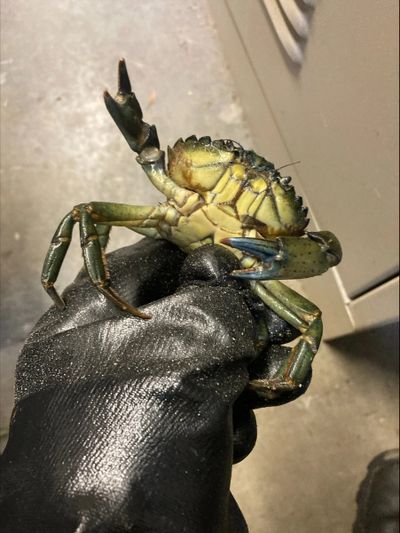Invasive European green crabs found for sale at Seattle market

Officials have confiscated and destroyed 30 pounds of an invasive crab species found at a Seattle market.
The Seattle seller had bought the live green crabs from a seller in Massachusetts with the intention of selling them for crab stock and soup, according to the Washington Department of Fish and Wildlife.
Sale of the crabs, known as European green crabs, is prohibited in Washington because the crabs are considered an invasive species. Officials said the Seattle seller, whom they didn’t name in a Thursday statement, was cooperative and didn’t seem to realize the crabs were European green crabs.
European green crabs are not currently found in central or south Puget Sound, and officials say they should not be introduced anywhere in the state. The species poses a threat to native shellfish, eelgrass and habitats that are critical for salmon.
“Invasive species sold for food or fishing bait are sometimes released (intentionally or unintentionally) and are known to be among the causes of their spread in other states and regions,” officials said.
In January, Gov. Jay Inslee issued an emergency proclamation that directed the state’s Fish and Wildlife Department to prevent the crabs from establishing themselves in the state permanently. There was a major population growth in the Lummi Nation’s Sea Pond, Makah Bay, Grays Harbor and Willapa Bay.
About $8.5 million was set aside to address the emergency this year. A European green crab was captured in Hood Canal in May – the farthest south the species has ever been found in the Salish Sea. And as of June, more than 64,000 European green crabs had been removed from the state this year.
European green crabs have been in the coastal estuaries of Willapa Bay and Grays Harbor for more than a decade. They have also been found near Vancouver Island and off the coast of Oregon. In 2016, they were first discovered in Washington’s inland waters.